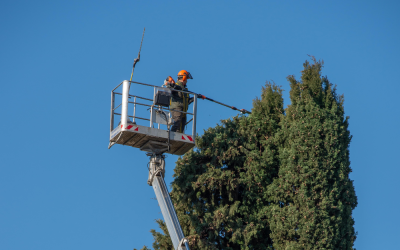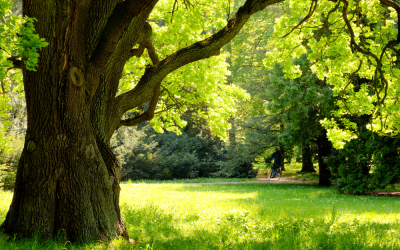Ragwort is one of the most divisive invasive wild plants in the UK.
Also known as jacobaea vulgaris or ‘stinking willie’, ragwort grows across the northern hemisphere, especially in northern Eurasia. The plant itself is a wildflower that grows almost a metre high with striking, broad yellow flowers that are considered extremely beautiful to look at. So why is it important to remove it?
Ragwort predominantly grows wild alongside roadsides, as well as fields and meadows, often brightening up the countryside. Unfortunately, the plant hides a variety of alkaloids in its sap and stem that can make it extremely deadly to certain animals.
Is Ragwort Dangerous To Humans?
Luckily, the danger to humans is minimal as it cannot be absorbed through the skin very easily and the minute amounts that do are easily dealt with by the liver. There are, however, concerns that ragwort could be finding its way into our bodies due as a result of eating foods such as honey and milk. Scientists believe that there is a chance in these situations that cumulative build-up could lead to vascular occlusion and liver diseases – although so far, these theories have not been greatly documented.
So, Why Should We Remove Ragwort?
While ragwort doesn’t affect humans, it can be lethal to many animals including cattle, horses and dogs.
Every year, up to a thousand horses are treated for ragwort poisoning after having eaten it while grazing, and as horses can not vomit, they are likely to suffer greatly if the cumulative poisoning is not recognised early by their owner.
In gardens and homes, ragwort is most definitely unnecessary and poses a threat to family pets – which is why many people call in professionals to have it removed.
Why Is It Controversial?
Many conservationists believe that ragwort in instrumental in the pollination of plants, and its removal could have a negative effect on the local eco-system. However, the plant has been designated as a noxious weed since the 1930s, and once the Weeds Act was passed in 1959, a landowner is liable to court action if they fail to contain its spread onto neighbouring lands.
How Do You Remove Ragwort?
Annoyingly, ragwort only flowers every two years, and so can be quite easy to miss without a trained eye. Luckily, while a single ragwort plant can produce up to 120,000 seeds, very few of them actually germinate and tend to stay within a small radius of the mother plant – making it easy to destroy. To kill Ragwort, the use of appropriate chemicals and root clearance will ensure that the plant is dead, although it is worth keeping an eye out for any stray seeds to prevent a fresh grow beginning.
How Do Scientists Slow Its Wild Growth?
Ragwort is one of the favourite meals for moths, beetles and other insects and so in many countries, including the US and New Zealand, these critters have been carefully introduced to the eco-system to combat the plant.
While ragwort isn’t the worst invasive plants in the UK, it can certainly create problems – especially if animals are grazing nearby. So if you’re concerned about any potential ragwort growth, why not ask a professional?
Having trouble with Ragwort? In need of a tree surgeon in Manchester with over 30 years’ combined experience? Elm House Tree Services are qualified specialists who offer competitive prices combined with reliable, friendly customer support.



